<Report from overseas office> [India] The ongoing digitalization of India: India unchanged and India changing
- Release date: Apr 15, 2019
- 8669 Views
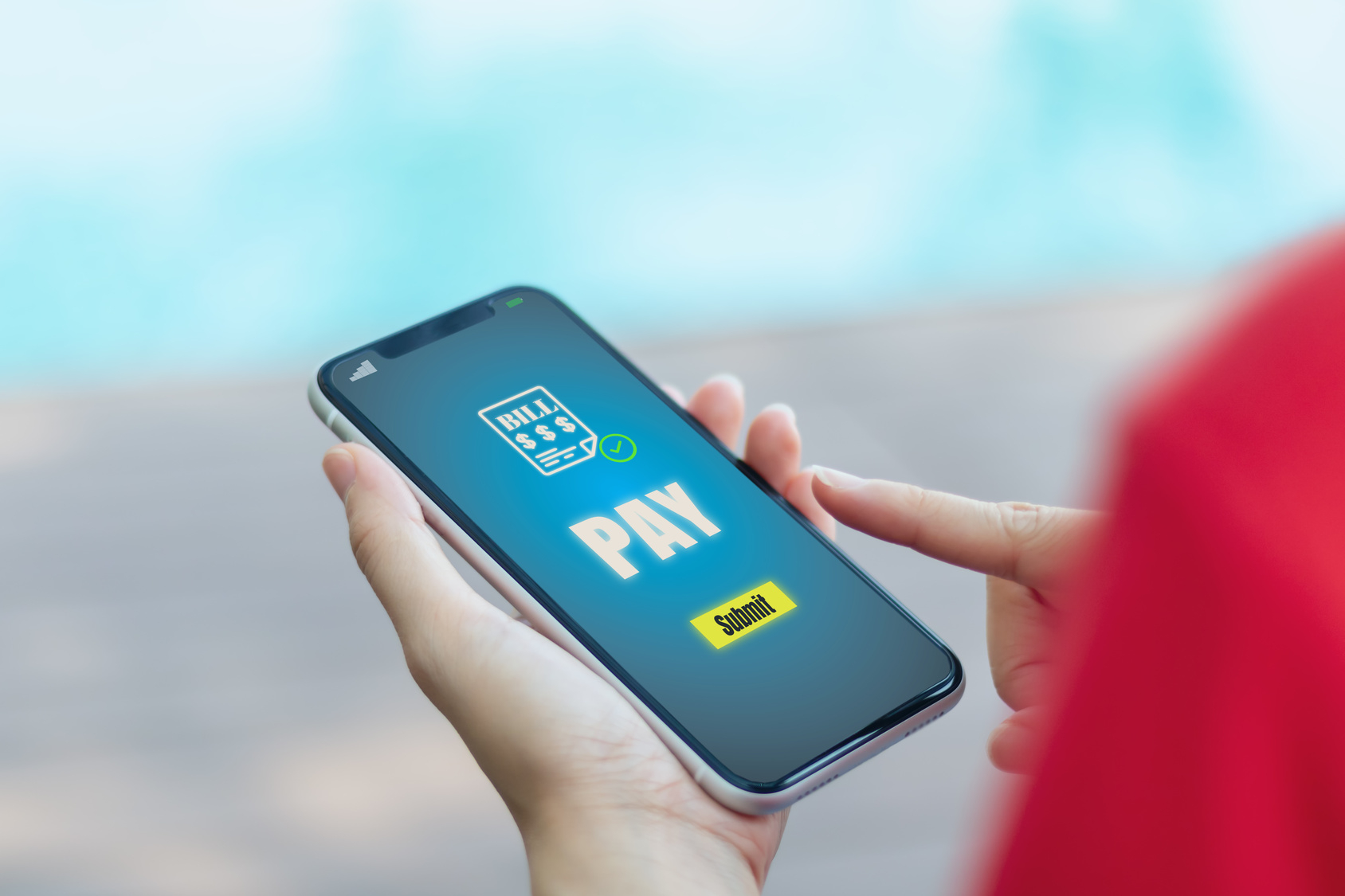
Curry", "Taj Mahal", "chaos".
I'm sure there are many people who would think of those words. In fact, when you live in India, you will find the very image of "India" that you felt when you were in Japan. Incredible India is here.
*Rickshaws are bicycles with auto tricycles and carts that are widely used for cabs and transporting goods. The word "rickshaw" comes from the Japanese word "jinrikisha".

Digital Payments Market in India
What surprised me even more was the fact that Paytm*, a digital payment system, is available everywhere in the city. Not only in modern trade places such as shopping malls and hypermarkets, but also in cabs, kiranas* and street stalls. Can I use it here? Even in places where you might think, "Can I use Paytm here?", you will find the words "Paytm Accepted Here" and a QR code, and a system that allows you to make payments without carrying cash is spreading. The number of registered users of Paytm is said to be over 200 million, making it the most used digital payment system in India. When you consider that the smartphone population is 300 million, you can see how many users Paytm has.* Paytm is a digital payment platform company in which Softbank has invested. Paytm is a digital payment platform company funded by Softbank, and is working with Softbank to launch PayPay in Japan.
* Kirana is a family-run mom-and-pop store that sells daily necessities and food products, and is said to have over 12 million stores across India.

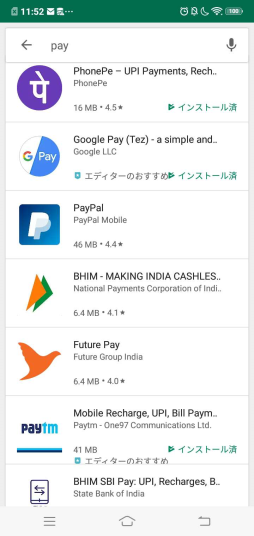
I tried using Paytm.
Well, here's how Paytm works, if you're shopping in a store1) Launch the app and press "Pay".
2) Scan the QR code on the register.
3) Give your One Time Password (OTP) on the screen.
It's a little annoying to have to tell the OTP every time, but it's not so stressful if you think of it as a security measure, just like entering your PIN when you use a credit card.
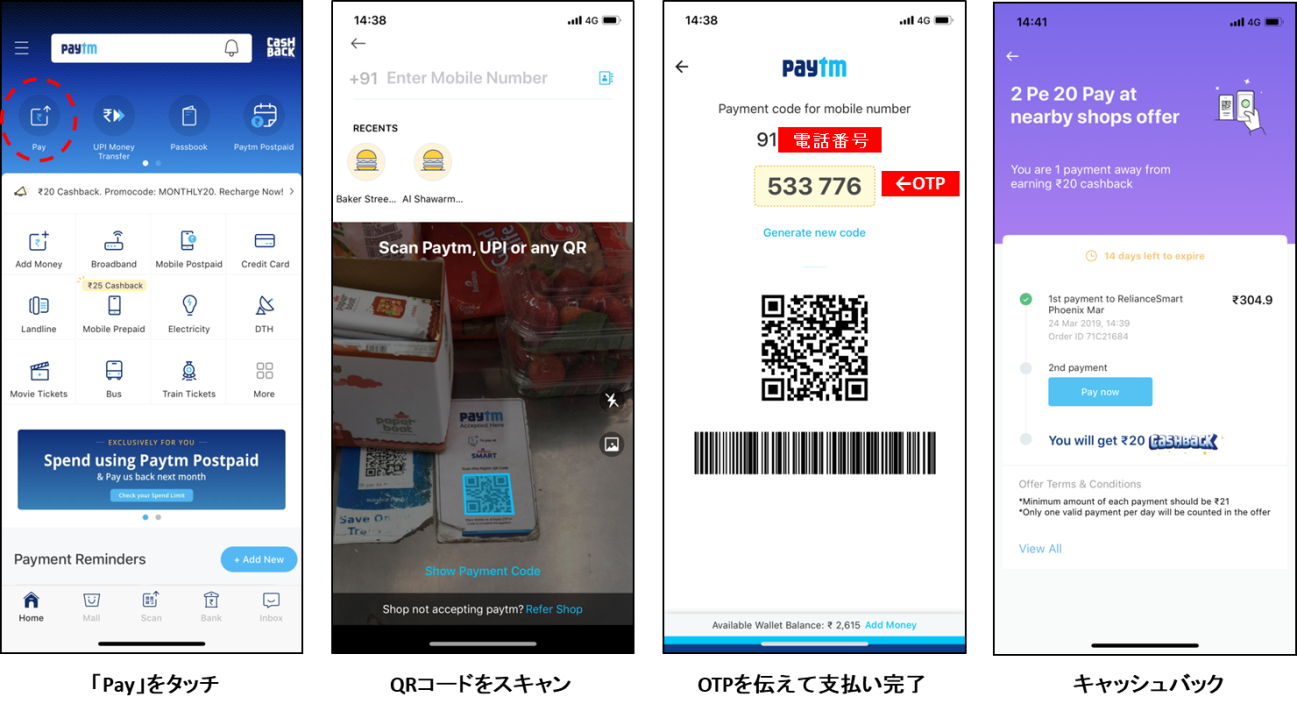
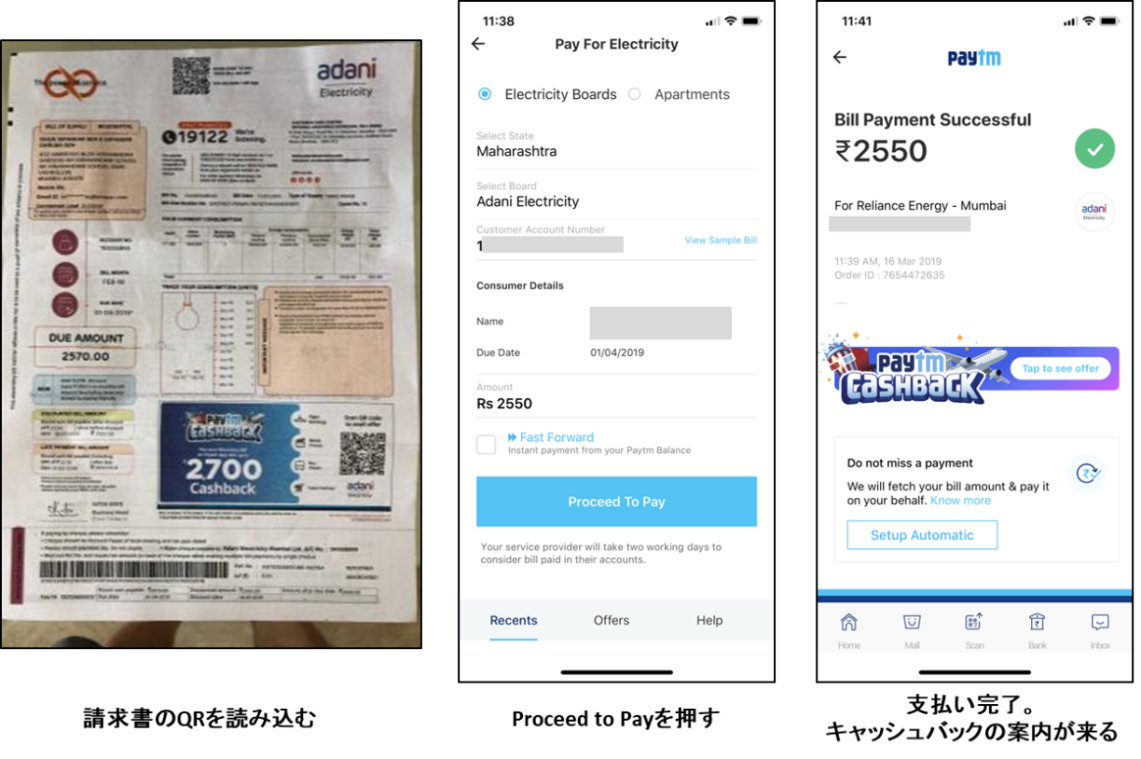
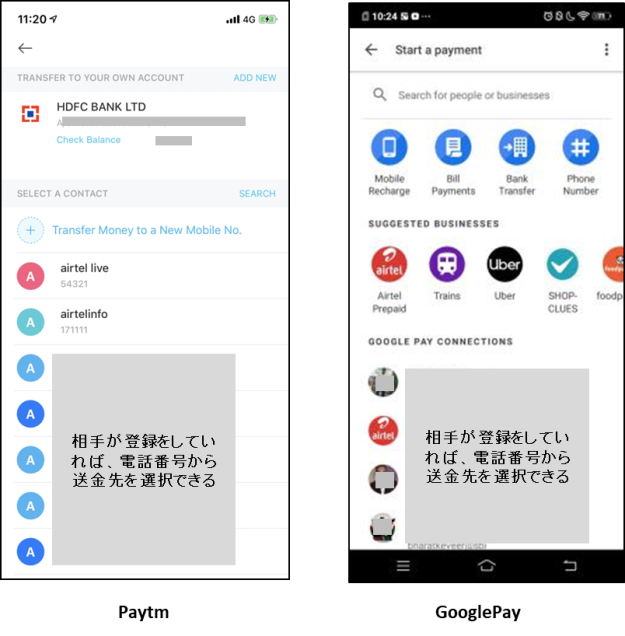
As a former user of mobile Suica and iD in Japan, the cashless system is very convenient and saves me the time and trouble of going to the bank to withdraw cash. In addition to this convenience, Paytm also retains its users by offering cashback and coupons to its users. In one case, a housewife who is a Paytm user told me that she uses Paytm to pay for her purchases even when she shops at e-commerce sites such as Amazon and Flipkart because of the cashback. It's true that when you shop with Paytm, you get cashback once in a few times, which is a nice amount of money at tens to hundreds of rupees per time, but I think the thrill of getting it once in a while is what makes people want to use Paytm again.
In addition to the digital payments discussed in this article, a variety of startups are launching new digital services. With the Indian government's policy support for digitalization and startups, digitalization is steadily advancing and the living environment of consumers is changing. We, as researchers, would like to help our clients succeed in their business by observing the current state of India, rather than being bound by the stereotype that "if you want to do consumer research in India, you have to do door-to-door research.
-
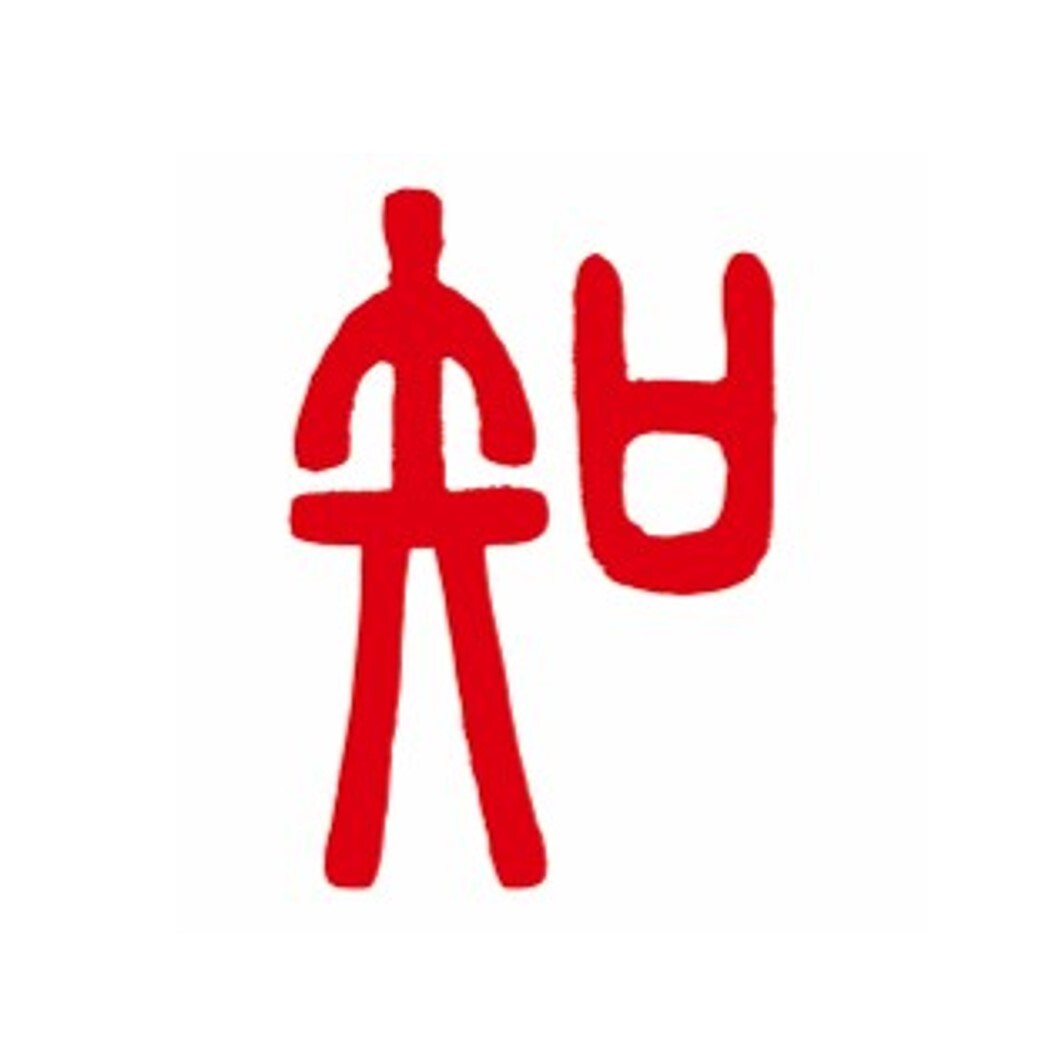
Author profile
Ryosuke Nakamura
A researcher living in India. He has been stationed in two cities, Mumbai and Delhi. In order to understand the reality of consumers hidden in the data, he travels to the field in both rural areas and slums.
-

Editor profile
Intege.inc
***
 Global Market Surfer
Global Market Surfer CLP
CLP